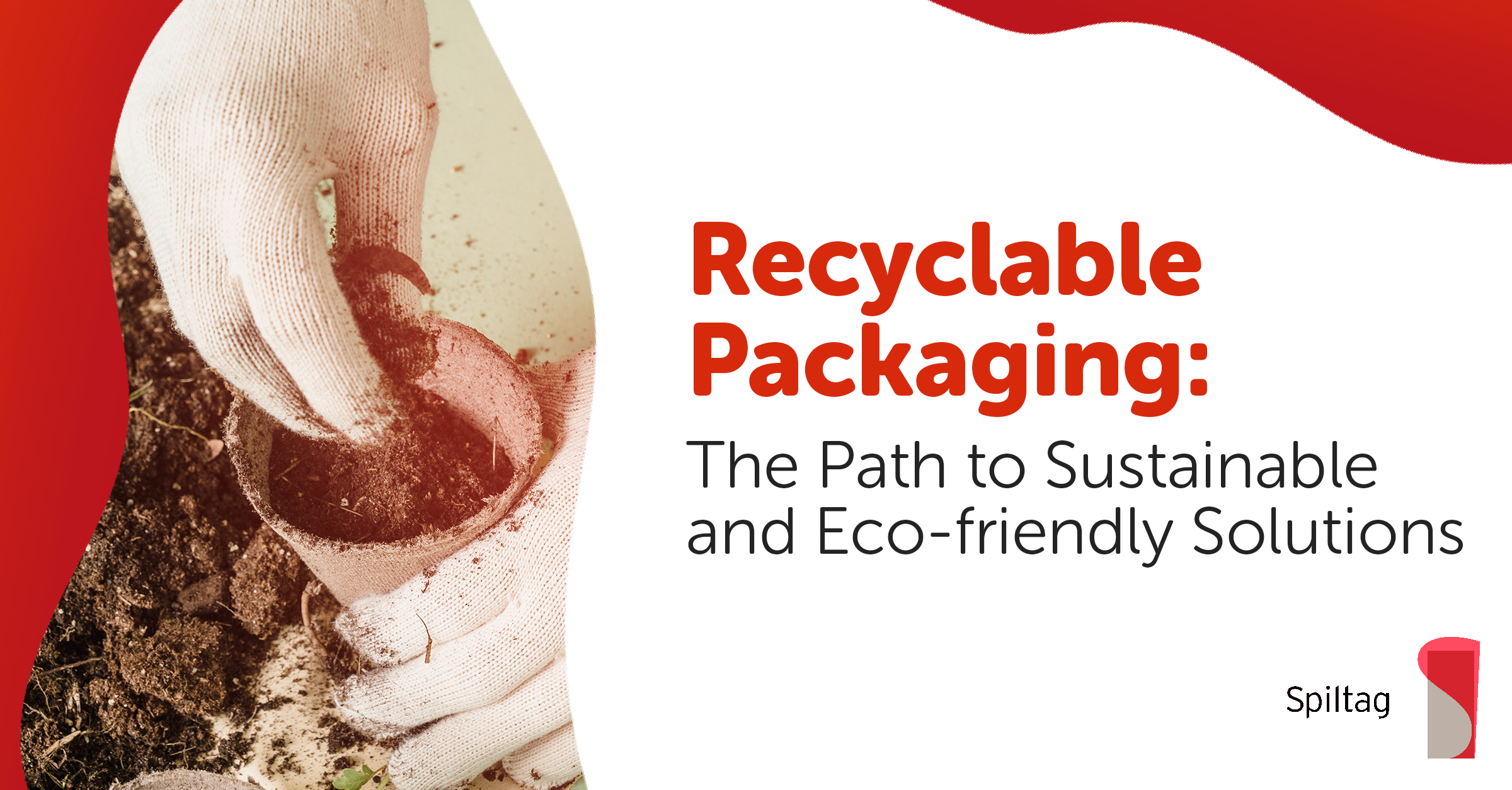
In today’s world, the importance of sustainable living has become more pronounced than ever. Among the various initiatives to promote a greener lifestyle, the role of recyclable packaging stands out as both crucial and transformative. Represents a significant step toward reducing environmental impact, conserving resources, and fostering a more sustainable future.
It is designed to be reprocessed and reused, thus minimizing waste. It involves materials that can be collected, processed, and made into new products. This process reduces the need for virgin materials, cuts down on waste, and lowers greenhouse gas emissions. Recyclable materials include paper, glass, metal, and certain plastics. The goal is to create a closed-loop system where materials are continuously cycled through use and reuse.
The environmental benefits of recyclable packaging are extensive. By reusing materials, we significantly reduce the volume of waste sent to landfills and incinerators. This action lessens land and water pollution and decreases the strain on natural resources. Additionally, manufacturing products from recycled materials typically consumes less energy compared to producing them from new materials. This reduction in energy use also contributes to lower carbon emissions, combatting climate change.
Beyond environmental advantages, recyclable packaging also offers economic benefits. It creates jobs in the recycling and manufacturing sectors and promotes a more efficient use of resources. Moreover, there is a growing consumer demand for sustainable products. A recent survey revealed that a significant percentage of consumers prefer to buy products with eco-friendly packaging. This trend encourages companies to shift towards sustainable practices, thereby amplifying the positive impact of recyclable packaging.
While the benefits are clear, there are challenges in implementing widespread recyclable packaging. One major hurdle is the lack of standardization in recycling processes. Different regions have varied capabilities and rules, leading to confusion among consumers about what can be recycled. To address this, education and clear labeling are key. Additionally, investment in recycling infrastructure is crucial to ensure efficient processing of recyclable materials.
Looking ahead, the future of packaging is increasingly leaning towards sustainability. Innovations in materials science are leading to the development of more easily recyclable and biodegradable packaging options. There is also a growing trend towards minimalism in packaging, reducing the overall use of materials. These trends, coupled with increased consumer awareness and stricter environmental regulations, paint a promising picture for the future of recyclable packaging.
In conclusion, recyclable packaging is not just a trend; it’s a vital component of a sustainable future. Its benefits extend beyond environmental impact to economic advantages and meeting consumer demands. However, realizing its full potential requires overcoming challenges through education, investment, and innovation. As we continue to witness the evolution of packaging, one thing is clear: it is a key player in our journey towards a more sustainable and eco-friendly world. By embracing and promoting recyclable packaging, we are taking a significant step in the right direction, for our planet and future generations.
Offers several benefits including reducing environmental impact by minimizing waste, conserving natural resources, and lowering carbon footprint. For businesses, it improves brand image and customer loyalty as consumers increasingly prefer eco-friendly products. Recyclable packaging also often results in more efficient shipping and storage.
Plays a crucial role in sustainability by reducing the amount of waste sent to landfills, conserving natural resources like wood, water, and minerals, and decreasing pollution during production. By reusing materials, it significantly lessens the environmental footprint of packaging.
The industry is witnessing innovations such as biodegradable materials, plant-based packaging solutions, and designs that require less material without compromising on strength. Additionally, advancements in technology are improving the recyclability of materials that were previously challenging to recycle.
Key challenges include contamination of recyclables, complexity in recycling certain materials, and lack of infrastructure in some areas. Solutions involve improving recycling technologies, increasing public awareness and participation in recycling programs, and designing packaging for easier recyclability.
Businesses should assess their current packaging needs, research eco-friendly material options, and consider the full lifecycle of their packaging choices. Collaboration with packaging experts and adherence to local recycling guidelines can also facilitate a smoother transition to sustainable packaging.
Check our linkedin page and our products!